Apple Vision Pro has two incredible ways for users to experience audio, and AirPods Max isn't one of them. Here's how the options compare.
Apple's AirPods lineup has four options, but only one has features for Apple Vision Pro — AirPods Pro 2 with USB-C. The other products work but lack the magic the proprietary 5GHz connection brings.
Of course, Apple Vision Pro has a built-in way to hear audio called Audio Pods. These little speakers sit just above the user's ear and pipe in computationally-generated sound.
I'll focus on the three most premium options available for Apple Vision Pro — Audio Pods, AirPods Pro 2 with USB-C, and AirPods Max. Each offers its own pros and cons, but there's still a clear winner.
Audio Pods on Apple Vision Pro
Audio Pods work with onboard microphones and depth mapping to make audio sound more natural — as if it was reflecting off of the surfaces in your room. It is an uncanny effect that makes it sound like the audio is sourced from quality speakers that are both right next to your ears and across the room.
Turn the volume as high as it can go, and you'll notice some of the limitations small speakers have — tinny highs and washed-out bass. However, middling volumes for casual listening are perfect for most tasks.
The coolest thing about Apple Vision Pro is that it almost constantly plays audio thanks to environment sounds. It feels kind of broken to wear Apple Vision Pro in complete silence because of this.
Since the speakers don't block your ears, you can enjoy room sound without relying on transparency mode or other tricks. It lets you listen to birds chirp in Yosemite behind low-volume music while still hearing every keypress.
It all creates this sense of presence, which is removed when plugging your ears.
However, there are downsides to using Audio Pods. You may not always want to have speakers playing audio so the entire room can hear, plus, no matter how good the speaker quality is, small speakers make small sound.
Audio Pods were made for passive listening. Music, YouTube, notifications, and other sounds are all fine, but it's nothing compared to AirPods.
Unless you're an audiophile who pays attention, you'd likely never notice what Audio Pods lack in sound. It's not something I pay much attention to, but for this write-up, switching between audio devices made the issues stark.
Compared to either set of AirPods, Audio Pods sound thin and lack any form of bass. I watched "Spider-Man Into the Spider-verse," and punches landed with a hollow thunk that sounded like nothing compared to the head-vibrating bass produced by either set of AirPods I'm comparing.
To reiterate, Audio Pods create impossible-sounding audio that makes it sound like it's sourced from the room instead of tiny speakers by your ears. But they aren't the end-all solution.
If you take active listening seriously, you'll want to invest in AirPods Pro with USB-C. Audio Pods get the job done but lack the ability to truly isolate the user, and tinny audio won't always provide the best experience.
AirPods Pro 2 with USB-C
If you've used AirPods Pro 2, USB-C or Lightning, you'll already know what these sound like for general tasks. Music is crisp and clear, spatial audio makes it feel like you're not wearing earbuds, and ANC secludes you from the world.
There's one new aspect with Apple Vision Pro and the USB-C AirPods Pro — a proprietary 5GHz H2 to H2 connection. It enables lossless audio playback, but I'm not sure that's all that's happening here.
I'm not an audiophile by any stretch, but I'm not sure I can tell the difference between standard audio and lossless. However, there is a difference in how the AirPods Pro 2 sound versus other devices, and I believe it has to do with computational audio.
Apple has been intentionally vague when discussing the relationship between the new AirPods Pro 2 and Apple Vision Pro. The company says the AirPods Pro 2 with USB-C can play lossless quality audio thanks to its proprietary connection, but it sounds like Apple Vision Pro is doing more for the audio processing versus something like AirPods Max.
While AirPods Max have better bass and are capable of louder volumes, it seems their aging H1 processor is holding them back. Don't get me wrong, AirPods Max still sound better in some aspects thanks to the larger high-quality drivers, but something's missing computationally — more on how they sound in a moment.
When you insert AirPods Pro 2, an audio field just surrounds you. Spatial music feels more present, movies have a theater-like quality, and environment sounds are natural.
While Apple hasn't made this claim as far as I can tell, it seems AirPods Pro 2 get to benefit from Apple Vision Pro's room-sensing abilities to make audio more natural. Apple referred to this as audio ray tracing in its keynote presentation for Apple Vision Pro, and while it was meant to describe technologies used to produce sound on Audio Pods, it seems it could be used for AirPods Pro as well.
The audio soundstage just sounds bigger and wider when using AirPods Pro with USB-C. It's the best way to watch a movie or immersive experience in Apple Vision Pro, no contest.
But Apple has a more premium set of headphones called AirPods Max, which should provide a better audio experience based on size. That isn't the case.
AirPods Max still have their uses
Pure physics makes this discussion complicated. AirPods Max have excellent sound with large drivers that can move a lot of air.
The result — excellent audio recreation throughout mids and highs with a strong but not overpowering bass. It's an audio signature unique to AirPods Max.
However, Apple Vision Pro relies heavily on computational audio, and that's where the AirPods Max falls short. The audio sounds great, especially music, but it lacks the direction and separation found in AirPods Pro 2 with USB-C.
If I had to describe the sound, it's more stereo than AirPods Pro despite both being spatial. Bass is heavier, and sounds are more centralized.
To put it more simply — AirPods Max are excellent headphones with large drivers that produce high-quality audio. However, they are held back by old technology and don't get the full advantage of Apple Vision Pro's room-sensing abilities.
It's a subtle distinction, but one you'll notice if you rewatch specific scenes or listen to music repeatedly. When fully immersed, AirPods Pro 2 with USB-C don't sound like earbuds — they become a convincing part of the illusion.
I'm not counting AirPods Max out yet, as Apple could revise them with H2 (or even H3) chips and a 5GHz radio. It's difficult to imagine AirPods Max sounding better, but computational audio with room sensing could be a game changer for the $550 headphones.
There is a unique use case that AirPods Max serve that Audio Pods and AirPods Pro cannot — podcast recording. If you've been listening to the AppleInsider Podcast each week, then you'll know I've been recording while wearing Apple Vision Pro.
A 14-inch MacBook Pro connected to equipment over a Thunderbolt dock is actually recording the podcast audio, but I'm able to see the Mac's display in Vision Pro. The AirPods Max on my head are wired to the microphone so I can hear myself speak.
If Apple can release AirPods Max with the computational abilities found in AirPods Pro 2 with USB-C, I'll be the first in line. That updated product will be the best way to experience audio on Apple Vision Pro.
And before anyone asks, yes, the headphones are much heavier than AirPods Pro. The combined weight of Apple Vision Pro and AirPods Max isn't painful or overwhelming but causes fatigue to set in faster.
I use the Solo Knit band and there's no interference with the AirPods Max headband. If you rely on the Dual Loop band, the fit with both headbands likely won't be ideal or possible.
Computational audio is the winner
AirPods Max may play a part in my workflow, but they're relatively unused outside of podcasting. AirPods Pro 2 with USB-C is the best way to experience audio on Apple Vision Pro today, but are more isolating.
Audio Pods offer the best built-in audio experience I've ever had in an Apple product. While I work from Apple Vision Pro, my HomePods sit useless on the wall despite having better audio capabilities — of course, they still get their use when I'm not strapped into Apple's version of the Matrix.
That brings up an entirely new use case not covered by this piece — room-filling spatial audio provided by HomePods. It's not a feature yet, but something that could be quite interesting for Vision Pro users.
Apple is still new to spatial computing, and its accessory ecosystem will need to be upgraded to consider the paradigm. Pay attention to this space because it's going to get interesting, but for now, just buy some AirPods Pro 2 with USB-C.
Keep up with my analysis of Apple Vision Pro by reading my one month review and three month review.
 Wesley Hilliard
Wesley Hilliard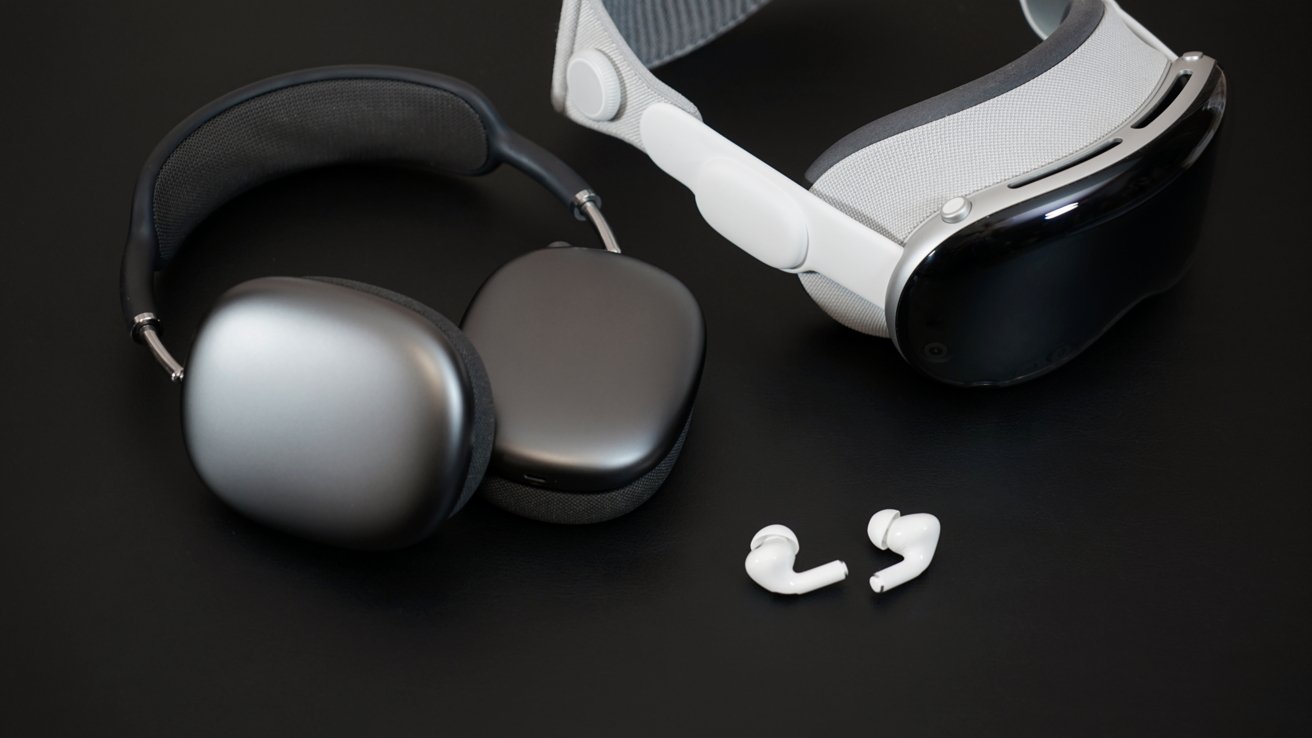
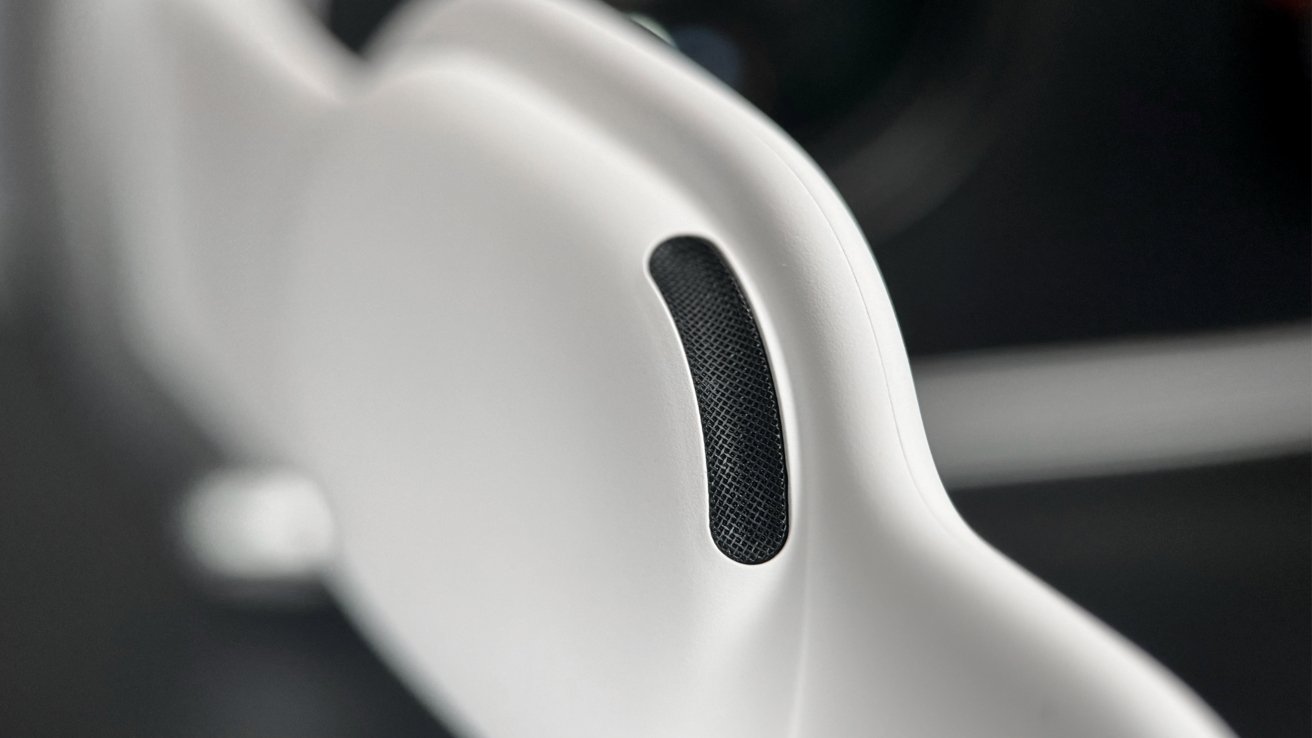
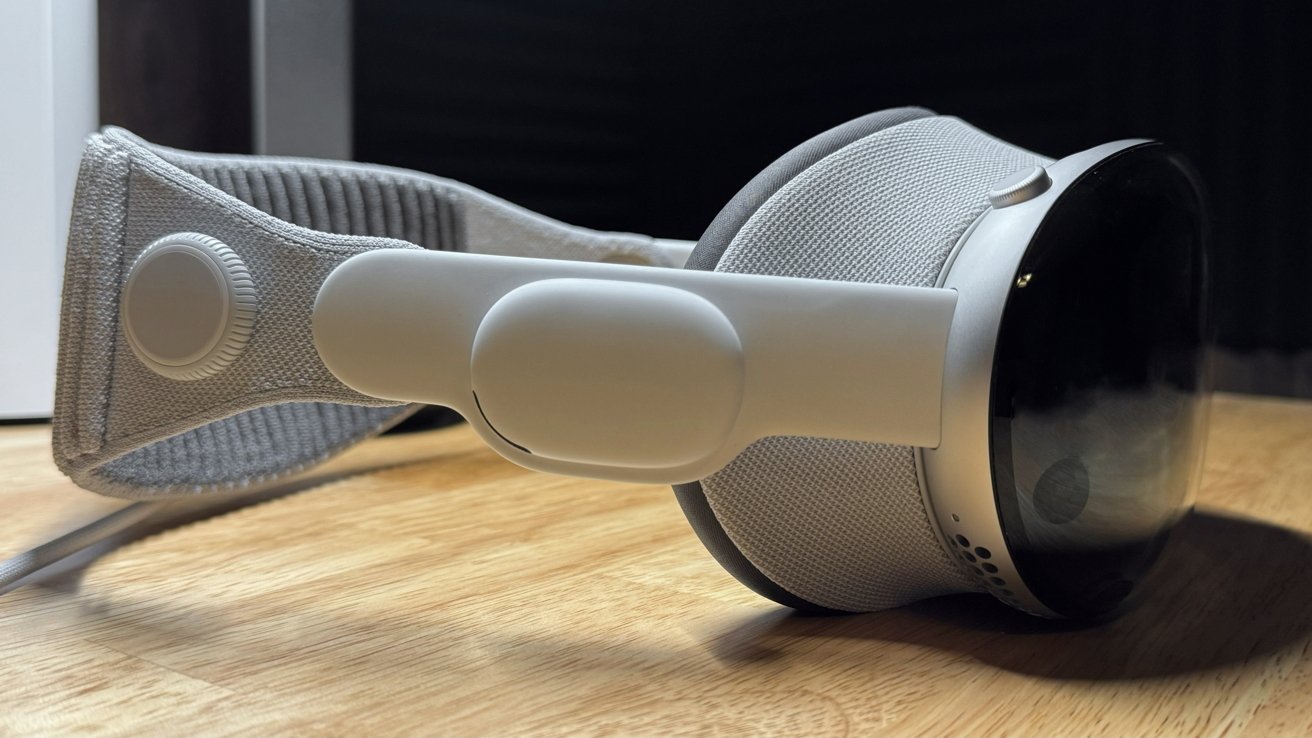
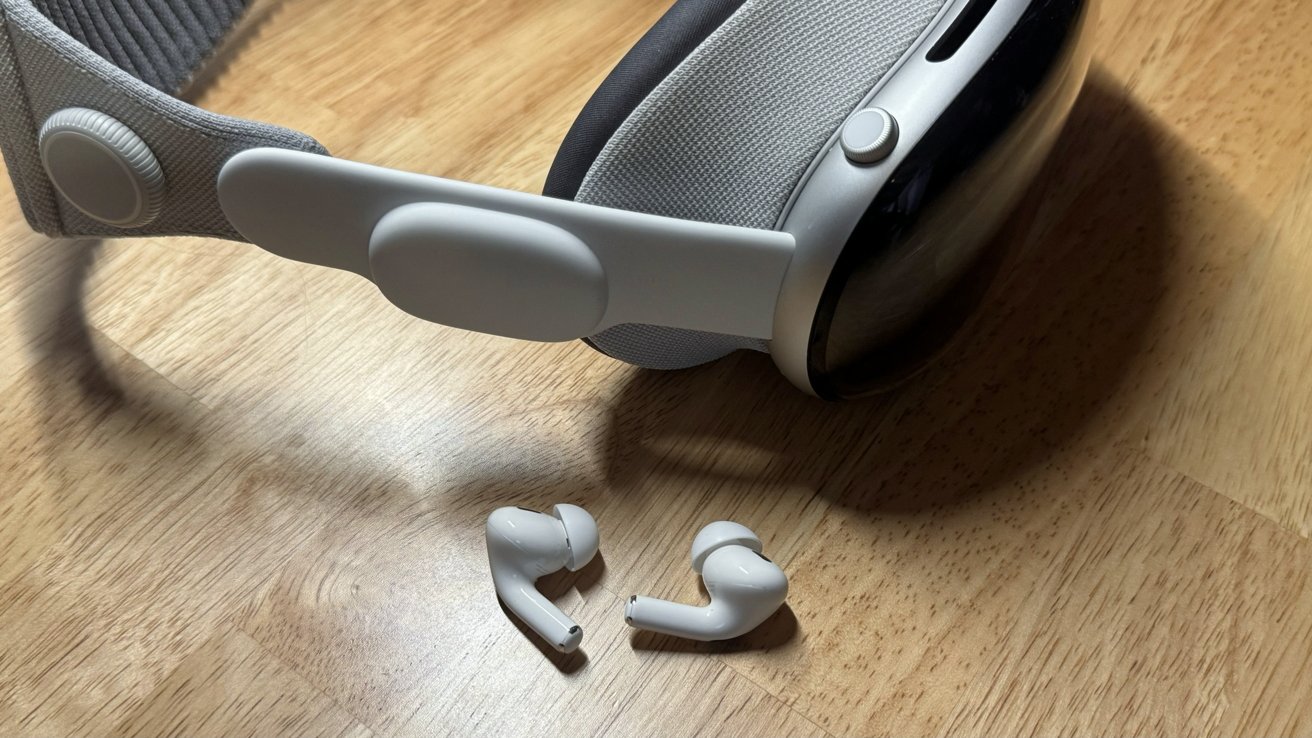
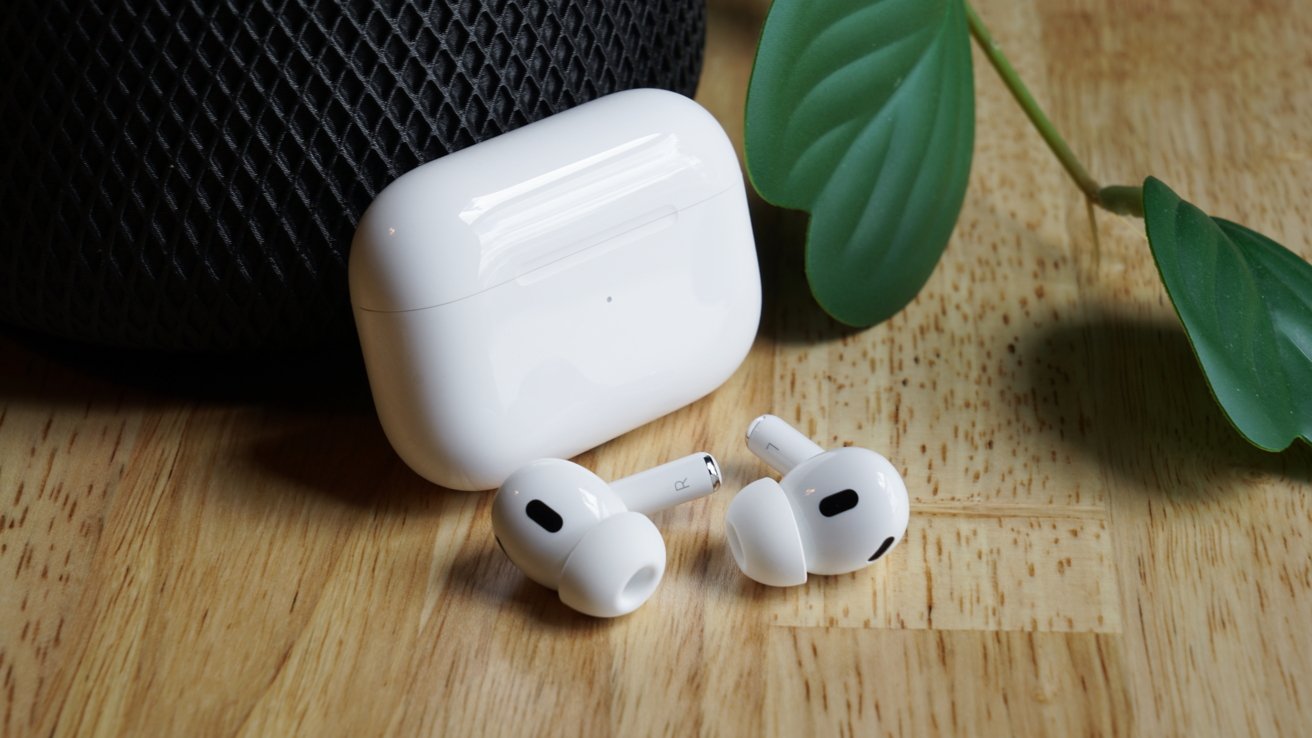
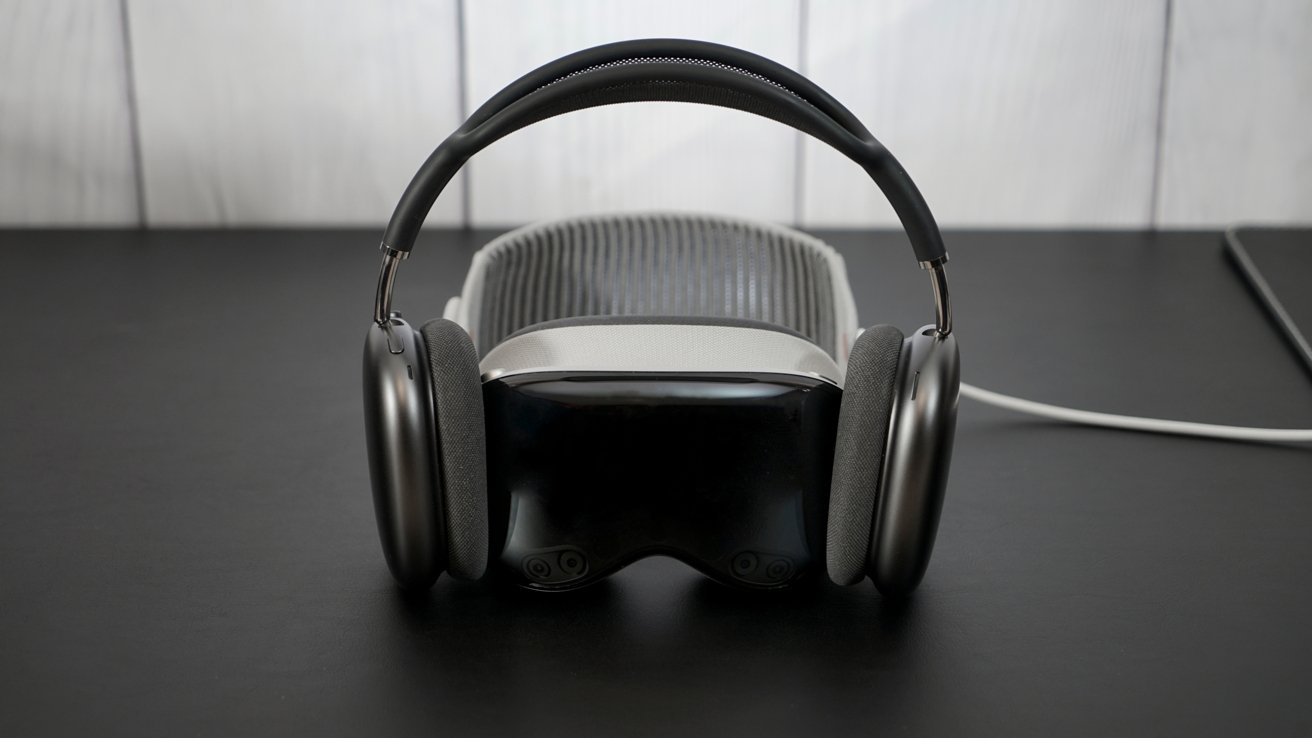
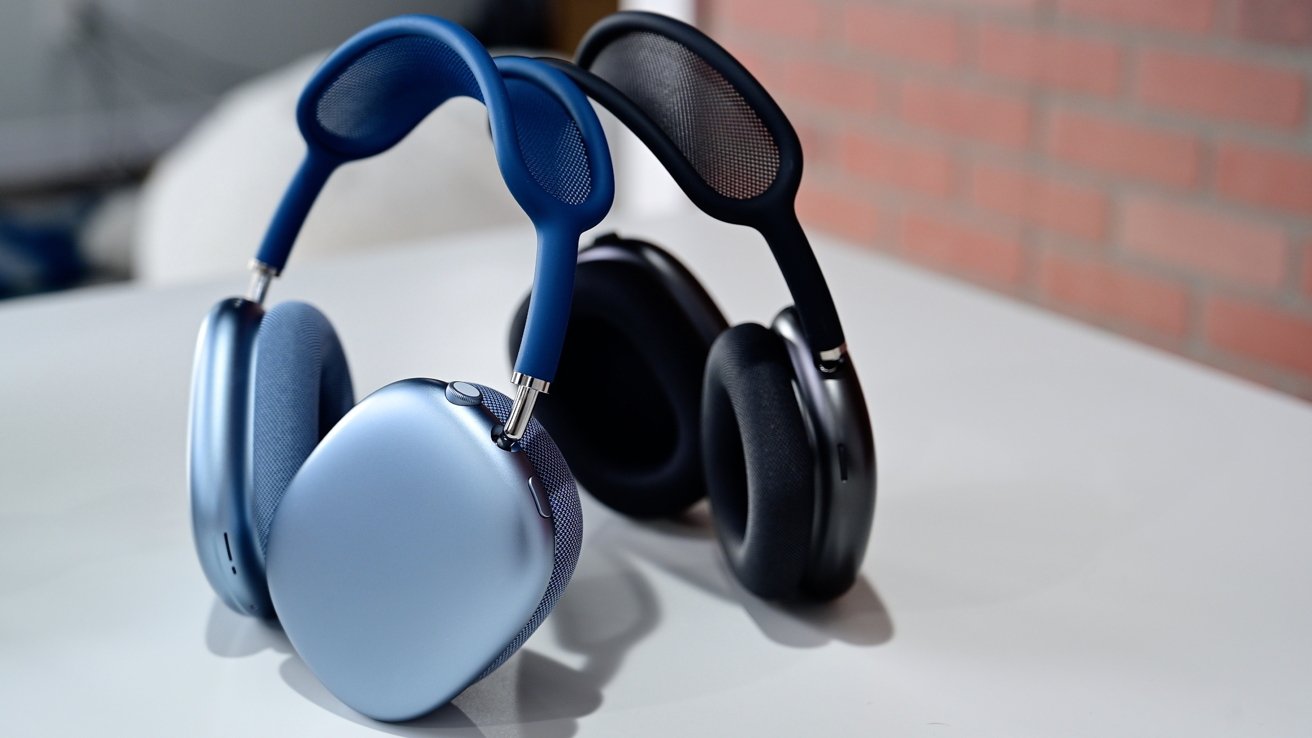
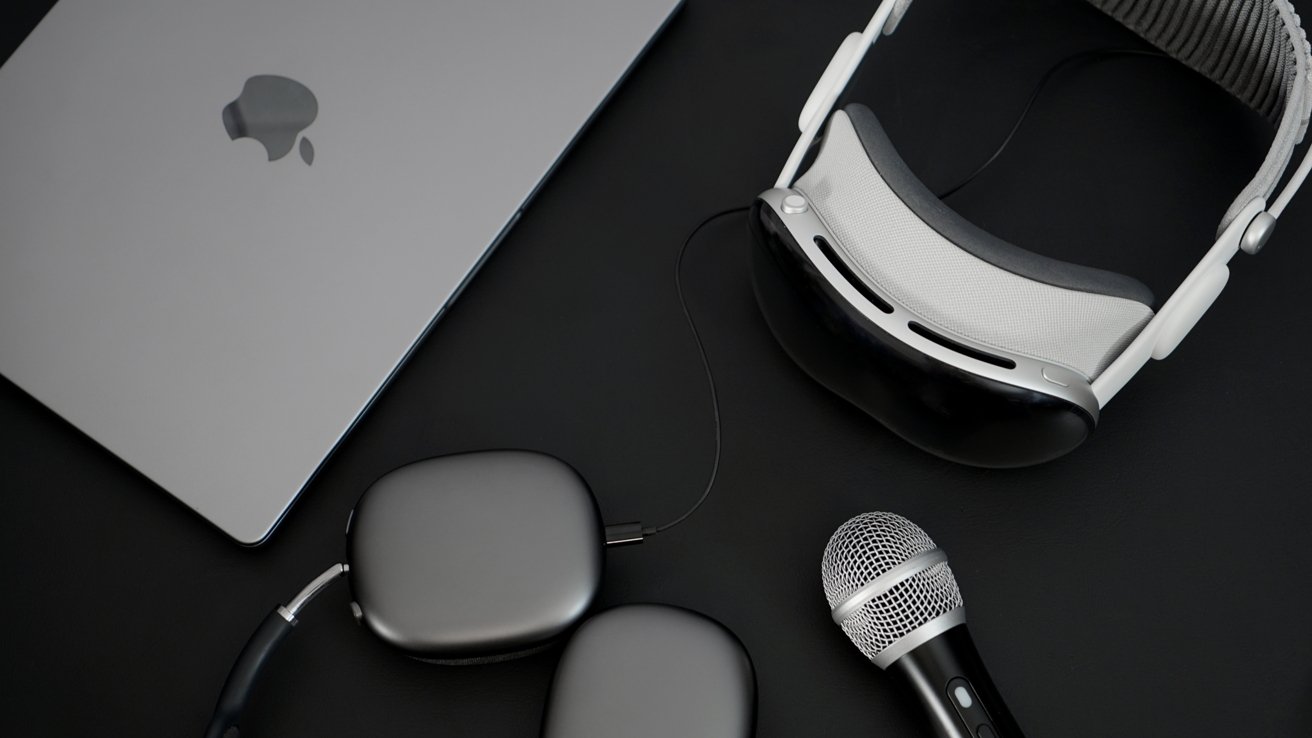
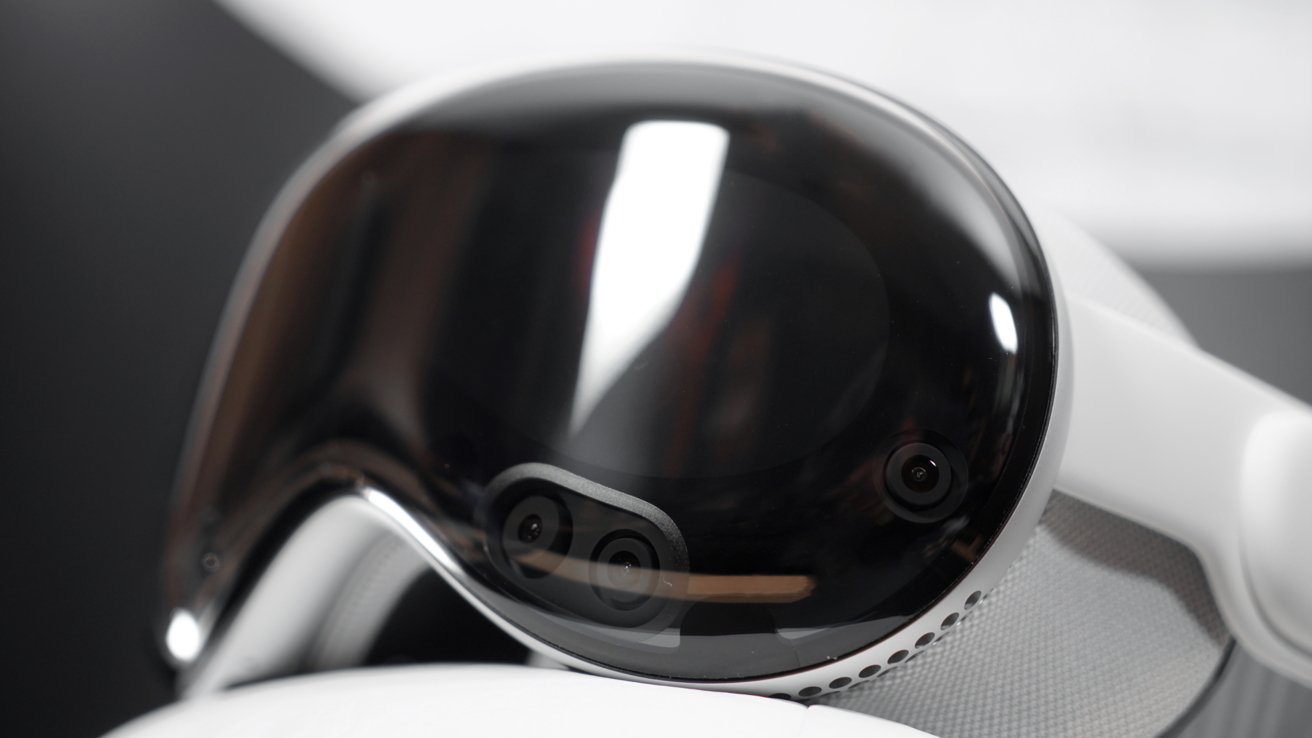

-m.jpg)





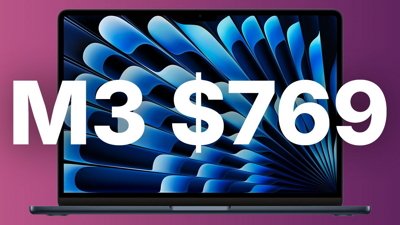
 Christine McKee
Christine McKee
 William Gallagher
William Gallagher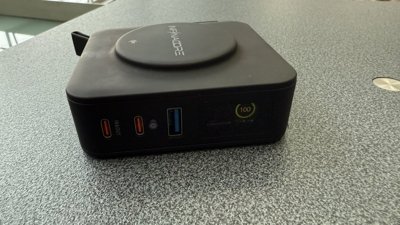
 Thomas Sibilly
Thomas Sibilly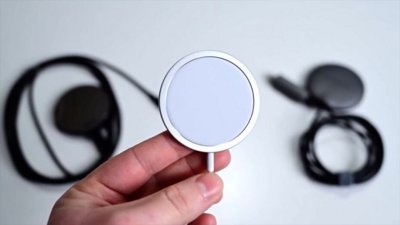
 Andrew O'Hara
Andrew O'Hara
 Amber Neely
Amber Neely
 Marko Zivkovic
Marko Zivkovic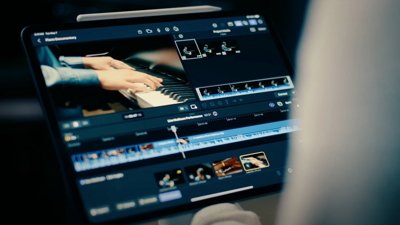
 Malcolm Owen
Malcolm Owen
 William Gallagher and Mike Wuerthele
William Gallagher and Mike Wuerthele








3 Comments
Great article Wesley and thank you. As an oldster who likes the intentionality of pulling a record off a shelf and listening on an old school stereo for 25 minutes a side, I have to say for the first time that the combination of iPhone, lossless Apple Music and AirPods Pro 2 is magical. I have AirPods Max which has better noise isolation and cancellation, but I have to say that AirPods Pro 2 amaze me. For the first time, I sometimes think that the sound is comparable to vinyl with my old ears. And if I was young I probably never would have collected records. Clearly something very proprietary is going on to make the magic. Hopefully the EU and the DOJ don’t see this post or they would accuse Apple of unfair competition by making it’s integration too good.